50th Annual International Fair
For a half century, the International Fair has celebrated the many cultures and nationalities represented at Lewis & Clark.
by Rebecca Lill CAS ’15
Event photos by Soulayvanh Beisel
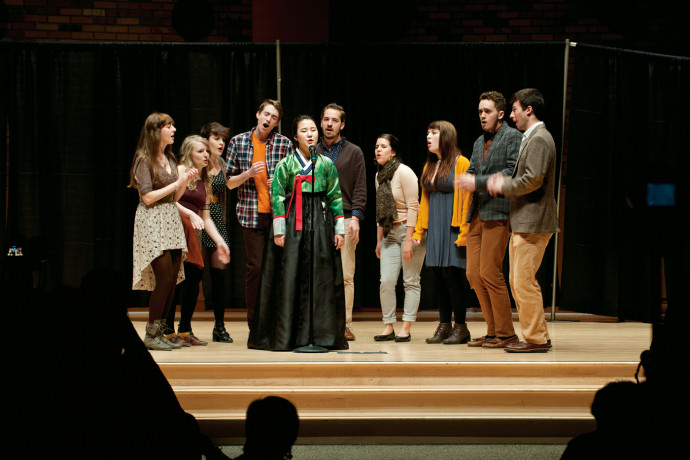
The annual International Fair is always a festive occasion, as students celebrate the many cultures and nationalities represented at Lewis & Clark. But this year’s event, held on March 7, was even more special: It marked the 50th anniversary of the fair.
“The International Fair helps break down barriers between international and noninternational students and strengthens the Lewis & Clark community as a whole,” says Mariane Diaw CAS ’15, the chair of this year’s student-run event and a native of Senegal. “It also encourages students to learn about and enjoy cultures different from their own.”
The origins of the International Fair date back to the 1960s, when Lewis & Clark hosted an International Student Night and an International Student Party with area colleges. Over the years, the fair has evolved to reflect the college’s strong commitment to international education. Today’s fair includes a brunch of regional delicacies, a fashion show with garments from around the world, and a variety of musical and dance performances.

“We’ve always been a very welcoming environment for international students,” says Greg Caldwell, retired associate dean of students and director of International Students and Scholars. “They’re part of the community.”
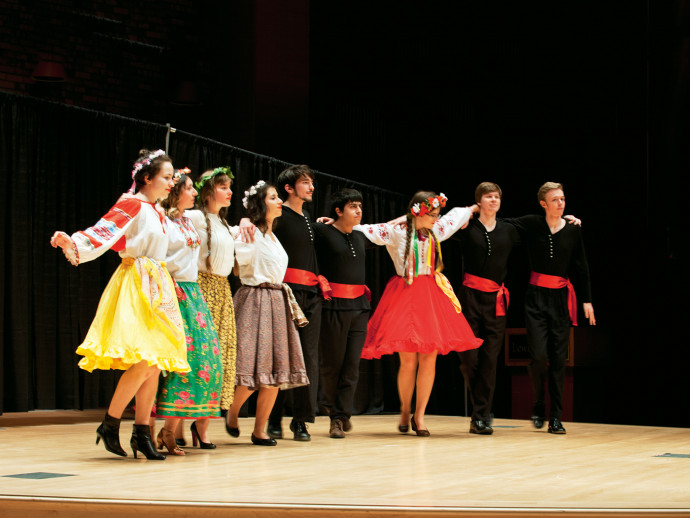
Caldwell, who has worked closely with international students at Lewis & Clark for more than three decades, remembers the International Fair in its early years. “In the beginning, it was a fair for the Portland community, rather than a fair for the campus,” Caldwell says. “Over the years, we tried to change that.”
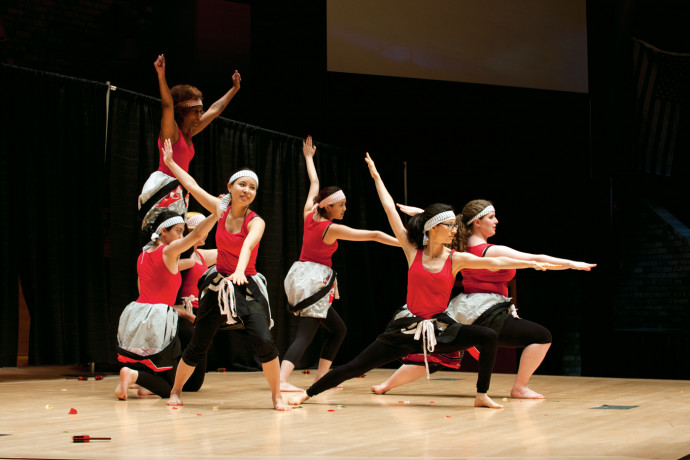
One of the most significant changes was to encourage students from various backgrounds to work together on food preparation and group performances. Instead of a fair made up of isolated groups of students all from the same country, interested students from any country—including the United States—could be involved in the process.
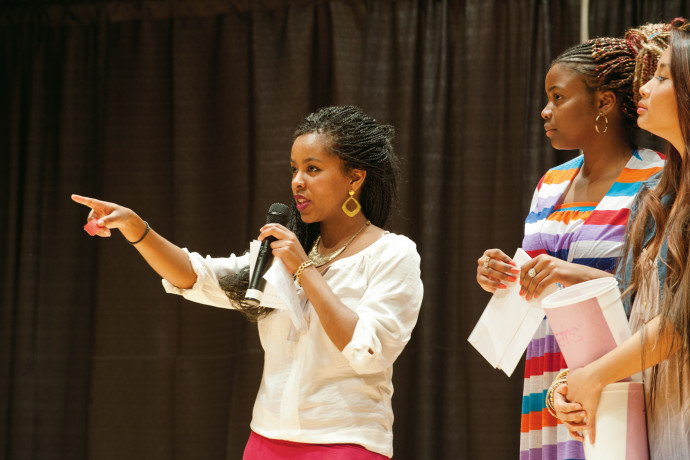
Fair organizers also experimented with the event’s location to increase interaction among guests and participants. In the past, country and regional groups served food and set up displays individually in separate meeting rooms around Templeton Campus Center. These setups were isolated from each other and sometimes hard for guests to find. Today, food and country displays are united in the Stamm and Fields dining rooms, attracting a far larger audience and facilitating interaction. The fair’s cultural performances have become so popular that Agnes Flanagan Chapel is used to accommodate the large audience and many performers.
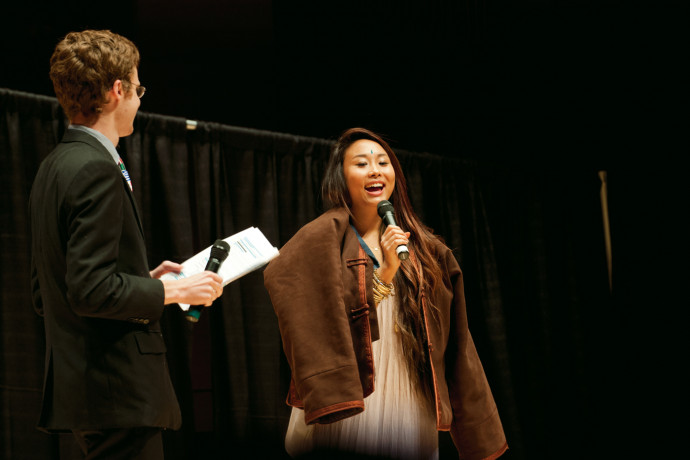
There has also been a notable shift in the fair’s attendance. In its early years, the fair attracted mostly members of the off-campus community, including neighbors and faculty members and their families. But today, the fair is more fully integrated into student life. Even the fair’s brunch is part of the student meal plan.
This year’s event, titled A Golden Affair: Stories of a Half Century, focused on both traditional and modern aspects of world cultures. It was organized by the International Students of Lewis & Clark, a student government group designed to promote international awareness on campus.
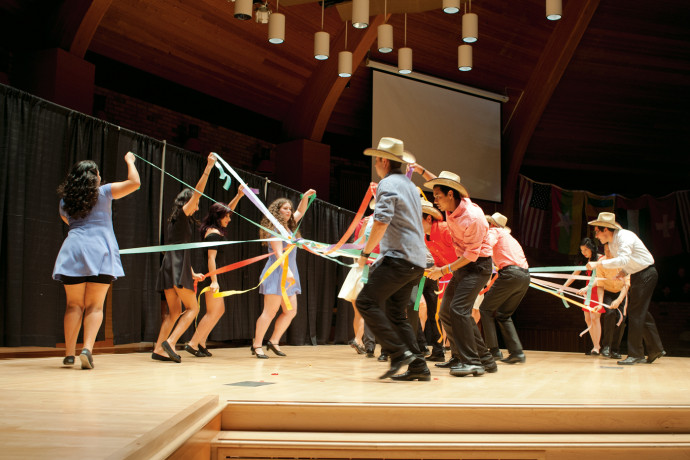
The fair began with a delicious brunch that offered a sampling of international dishes, from Chinese dumplings to Ecuadorian quinoa soup. Attendees then moved to the chapel and were treated to a fashion show, which featured students in both traditional and modern outfits from each country or region. The grand finale of the fair—and perhaps the most eagerly anticipated—was the showcase of performances. Students presented songs, dances, and instrumental pieces that reflected not only the contemporary side of their respective cultures, but also the more traditional side that their parents or grandparents might have enjoyed.
“It’s just wonderful to see all of these talented students,” says Caldwell. “It makes you feel very proud.”
More L&C Magazine Stories
Lewis & Clark Magazine is located in McAfee on the Undergraduate Campus.
MSC: 19
email magazine@lclark.edu
voice 503-768-7970
fax 503-768-7969
The L&C Magazine staff welcomes letters and emails from readers about topics covered in the magazine. Correspondence must include your name and location and may be edited.
Lewis & Clark Magazine
Lewis & Clark
615 S. Palatine Hill Road MSC 19
Portland OR 97219

